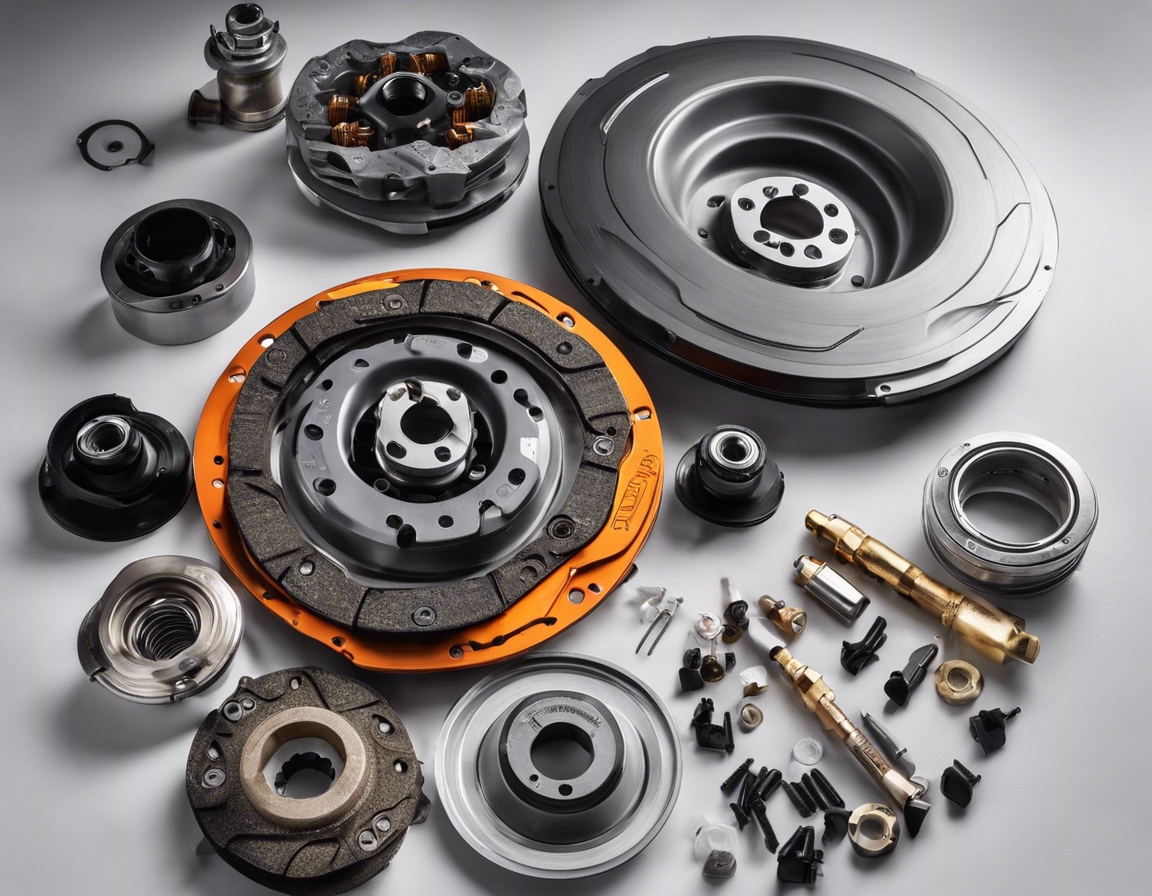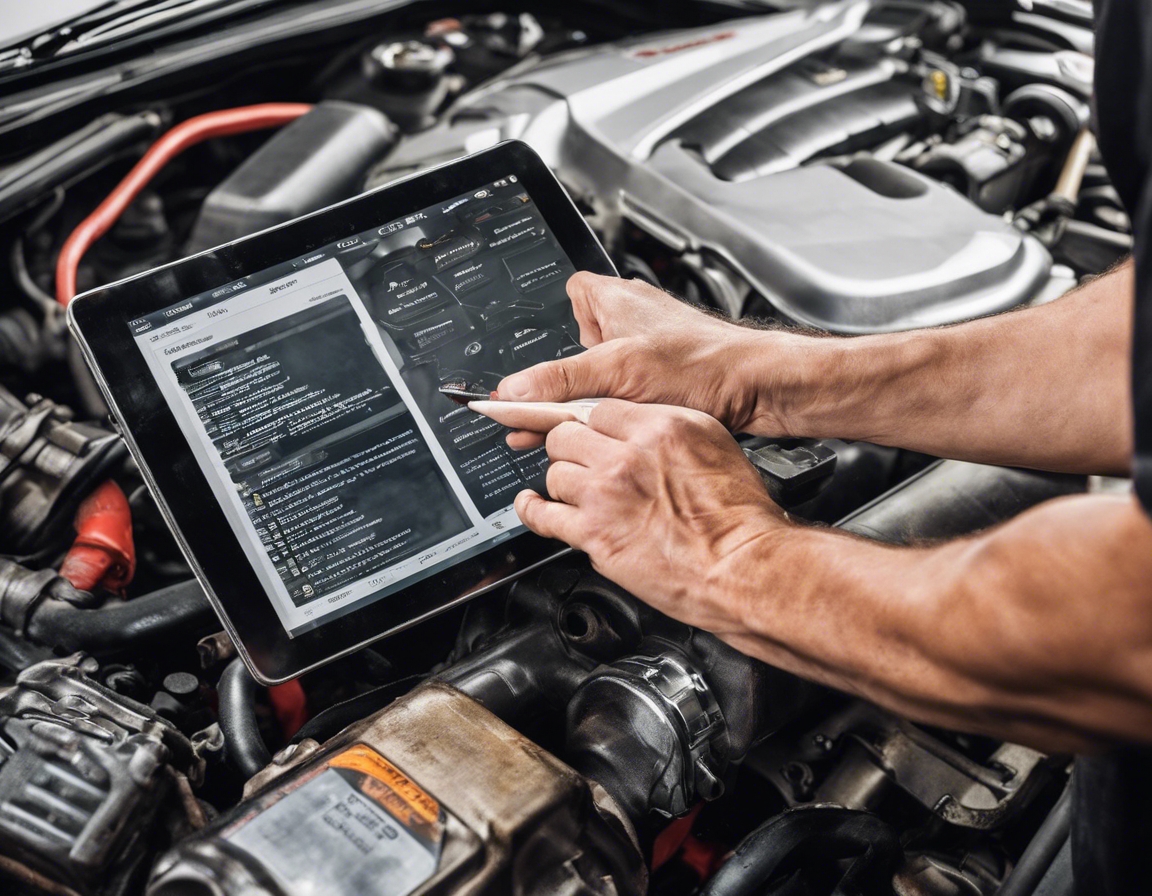Decoding car trouble: how to read error codes
Error codes, also known as diagnostic trouble codes (DTCs), are alphanumeric codes that a vehicle's on-board diagnostics (OBD) system generates when it detects a malfunction or irregularity in the vehicle's operation. These codes provide a starting point for diagnosing and resolving issues within various vehicle systems.
For vehicle owners and fleet managers, understanding error codes is crucial for maintaining vehicle health and preventing costly repairs. By decoding these codes, you can identify potential issues early and take corrective action before they lead to more significant problems.
The On-Board Diagnostics System (OBD)
The OBD system has been a standard feature in vehicles since the early 1990s, evolving from OBD-I to the more advanced OBD-II standard, which provides more comprehensive diagnostic capabilities. This evolution has made it easier for vehicle owners and technicians to monitor vehicle performance and troubleshoot issues.
OBD systems monitor the performance of major engine components, including emissions control systems. When the OBD detects an issue, it logs a corresponding error code and, in most cases, triggers the 'Check Engine' light on the dashboard.
Common Types of Error Codes
Powertrain codes relate to the engine and transmission systems and are the most common type of error codes encountered by vehicle owners. They can indicate issues ranging from a misfiring engine to transmission glitches.
Chassis codes are associated with functions outside the engine and transmission, such as braking, steering, and suspension systems.
Body codes address areas like the power seats, power windows, and other features related to the vehicle's body.
Network communication codes signify problems with the wiring or data networks within the vehicle, which can affect various electronic systems.
Tools for Reading Error Codes
OBD-II scanners are the most accessible tools for reading error codes. They can be plugged into the OBD-II port, usually located under the dashboard, to retrieve codes and reset the 'Check Engine' light.
Professional diagnostic tools offer more advanced features and can provide detailed information about the specific issues associated with the error codes.
Several smartphone apps, when used with a compatible Bluetooth adapter, can turn your mobile device into a powerful diagnostic tool, allowing you to read and clear error codes on the go.
Interpreting the Error Codes
Error codes typically consist of a letter followed by four digits. The first letter indicates the system related to the issue, while the subsequent numbers provide specific information about the problem.
Once you have the error code, you can use online databases or repair manuals to interpret the code and understand the nature of the problem. However, some codes may require professional analysis for accurate diagnosis.
While some error codes can be resolved with simple fixes, others may indicate complex issues that require the expertise of a trained technician. It's essential to know when to seek professional help to avoid further damage to your vehicle.
Maintenance Tips to Prevent Error Codes
Regular maintenance check-ups can help prevent the occurrence of error codes by ensuring that all vehicle systems are functioning correctly.
Using high-quality replacement parts and fluids can extend the life of vehicle components and reduce the likelihood of error codes.
Good driving habits and proper vehicle care can also play a significant role in preventing error codes and maintaining vehicle health.






Comments (0)